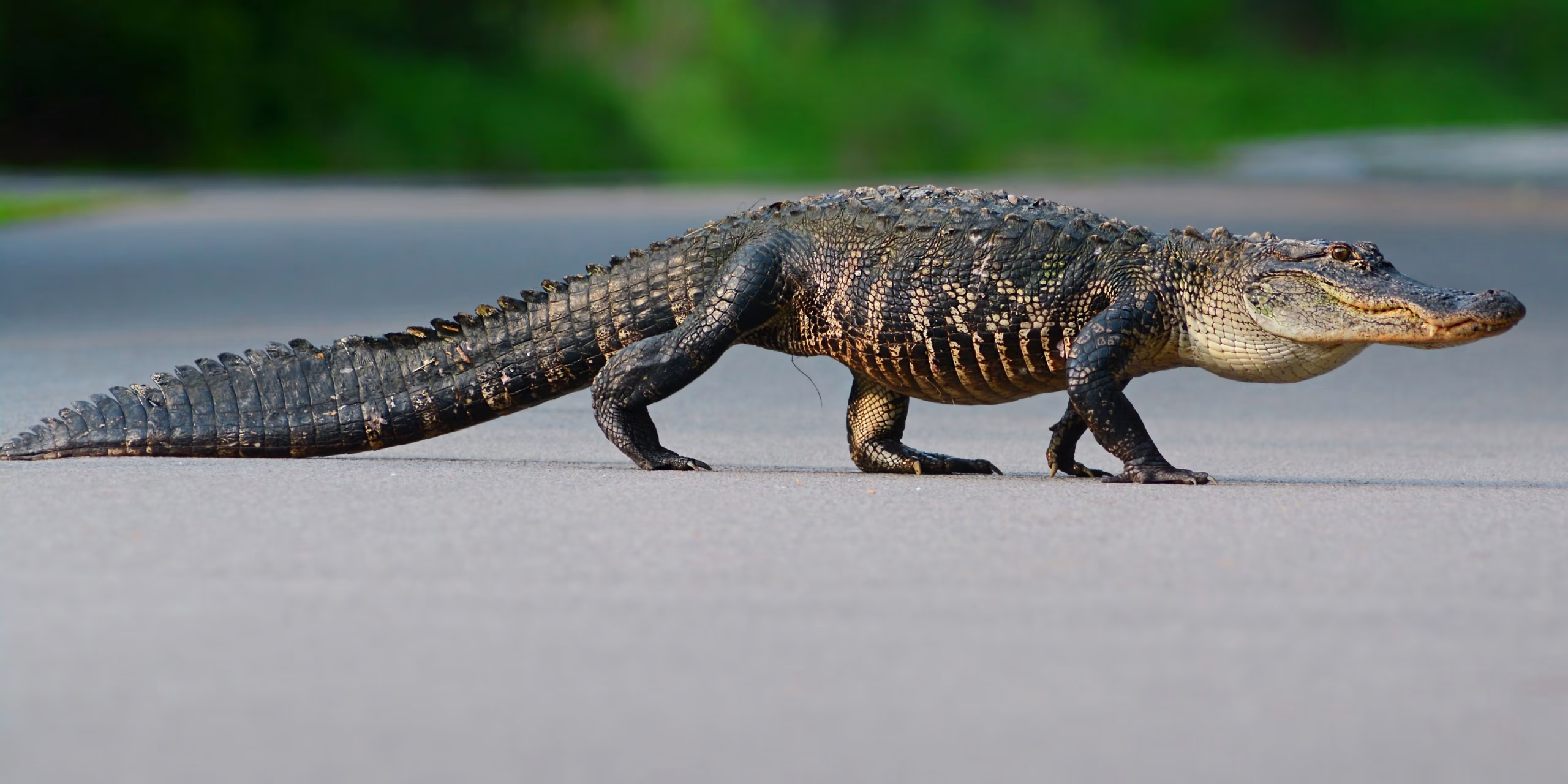radicalthought.org – The American alligator, a formidable apex predator, is an iconic symbol of the American South. These reptiles, with their powerful jaws and armored scales, have captivated the imaginations of people for centuries.
Physical Characteristics
American alligators are large reptiles, with males typically growing to be 11 to 13 feet long and weighing up to 1,000 pounds. Females are generally smaller, reaching lengths of 8 to 10 feet. Their bodies are covered in thick, bony scales, providing protection from predators and the elements.
One of the most distinctive features of the American alligator is its powerful jaws. These jaws are lined with sharp, conical teeth that are used to capture and consume prey. Alligators have a unique bite force, capable of crushing bone and shell.
Habitat and Behavior
American alligators are primarily found in freshwater habitats throughout the southeastern United States, including swamps, marshes, rivers, and lakes. They are well-adapted to aquatic environments, with webbed feet and a long, powerful tail that propels them through the water.
Alligators are carnivores, feeding on a variety of prey, including fish, turtles, birds, and mammals. They are ambush predators, lying in wait for unsuspecting prey to come within striking distance. When a suitable prey item approaches, the alligator launches a rapid attack, seizing its victim with its powerful jaws.
Reproduction and Lifespan
American alligators are sexually mature at around 10 years of age. Mating occurs in the spring, and females build large nests of vegetation to lay their eggs. A female alligator can lay up to 50 eggs in a single clutch. The eggs hatch after about two months, and the young alligators are immediately on their own.
American alligators have a relatively long lifespan, with some individuals living for over 50 years. However, many young alligators fall prey to predators, such as raccoons, birds, and other alligators.
Conservation Status
The American alligator was once hunted to near extinction for its skin and meat. However, thanks to conservation efforts, the population has rebounded significantly. Today, the American alligator is no longer considered endangered, but it is still protected by law.
Ecological Importance
American alligators play a vital role in the ecosystems they inhabit. As apex predators, they help to regulate populations of other animals, such as fish and turtles. They also create and maintain wetlands by digging burrows and building nesting mounds. These wetlands provide habitat for a variety of other species, including birds, fish, and amphibians.
Encountering Alligators
If you are lucky enough to encounter an American alligator in the wild, it is important to observe it from a safe distance. Never approach or feed an alligator, as this can be dangerous.
